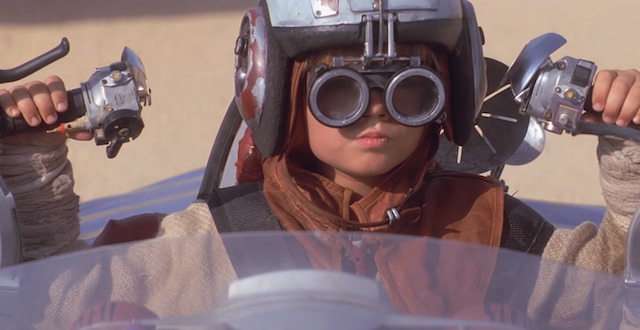I first skied when I was five.
My Oma and Opa had a cabin in Switzerland, and every year we would hole ourselves away from the world for two weeks in the mountains. My memories embody the worn nostalgic flashbacks of a rolling hand-held film camera, the negatives stacked away for many years, not entirely traceable. The scent of burning wood. The feeling of wooden floorboards, ceilings, and walls. Running, running, running up stairs and hills, struggling against the mountainous elements.
Five-year-olds are pretty amazing creatures. I don’t recall ever being afraid.
I hadn’t skied since I was eight years old, until a few days ago. I hesitated upon my return to the piste. Although my body still recalled the actions, it flinched as my acrophobia met the chair lift, and my innate fear of falling hindered my ability to entirely flow with the rhythm of my skis.
As an adult, my brain overthought an action that my body somehow already knew. As I grappled with green runs and took time over my snow-plough turns, little kids would zoom past me with little hindrance. When they fell, they got back up. When they couldn’t figure out the button lift, they tried again. When they were told to do something, they simply did it to the best of their ability.
What was it that stopped me from being able to do the same? It would be easy to blame fear, the most obvious culprit. I recognize the reality of the dangers that surround me, especially in the mountains.
But instead, I want to talk about thoughts.
As adults, we spend much of our time in the vicinity of our minds. We think, overthink, and analyse to the point of no return. We often believe that this is normal, but equally blame ourselves for overthinking. Our time is often defined by limits, rules, and regulations. The days of eating mud and climbing trees are over. We now have to adult.
Yet, a lesson that a couple of five-year-old kids on skis taught me is that we adults don’t have to neglect our inner child. That isn’t to say we should spend our days eating mud and rolling down hills, but simply that these wild actions can bring us closer to exercising our fearlessness.
When we were children, the time we spent exploring and learning outdoors enabled our minds to breathe a little. With further responsibility, we are in need of such breathing space, and yet, we limit ourselves with the idea that as adults we must be denied such simple pleasures.
The reason why five-year-olds are so capable of fearlessness is because they practice it regularly. As they grapple with the monkey bars in the playground, take a leap through the air into the river off a tire swing, or sledge through snow with little care of how or when they might stop. They are letting go of the overthinking aspect and taking hold of the sheer experience of pure adventure—a practice that we are often taught to grow out of as we progress into adulthood.
As adults, our minds wrap themselves around deadlines, appropriate behaviour and serious discussion. While these are not inherently bad things, without the balance of our inner child, we have only overstepped the mark. There is so much to learn, see, and do in our adult lives, so much that we gain as we grow and opportunities flourish before us.
Yet, what those five-year-olds ploughing down the mountain taught me is that we cannot neglect the reality that, from time to time, our inner child needs to be set free. That we may only fully flourish in a balanced state of mind and truly care for ourselves when we give time over to our inner desire for freedom and adventure, whatever that may look like.
~
~
~
Author: Rebecca Tyers
Image: YouTube
Editor: Travis May









Read 0 comments and reply